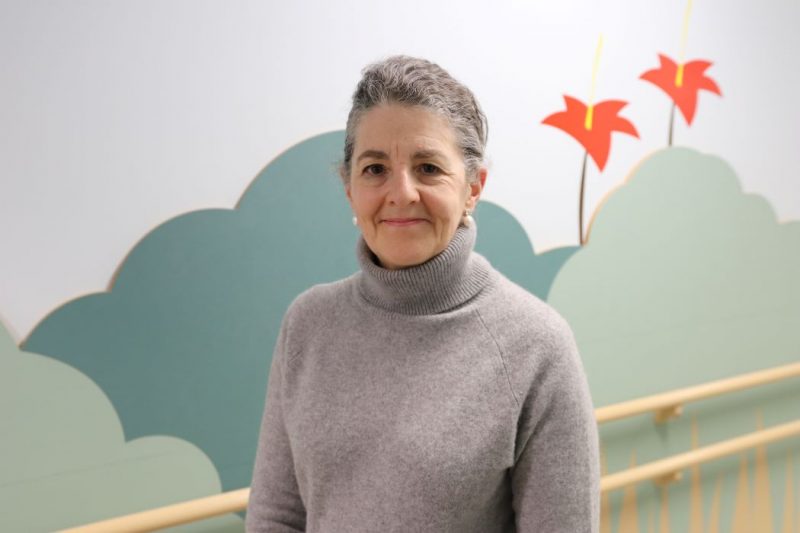
UM researchers plan study of newly diagnosed children with autism
For parents of a son or daughter with autism spectrum disorder, trying to envision the child’s future can be as confusing as gazing into a cloudy crystal ball.
“One of the most common questions we get is, ‘What is my child going to be like when they’re older?’” says Dr. Ana Hanlon-Dearman, a professor of pediatrics and child health in the Max Rady College of Medicine who has 30 years of experience in developmental pediatrics.
“That’s difficult to answer, because there’s great diversity in how autism unfolds over time,” says Hanlon-Dearman, who is also medical director of the child development clinic at Specialized Services for Children and Youth – the clinic that receives all Manitoba referrals for autism assessment of preschoolers – and chief medical officer at the Rehabilitation Centre for Children.
“Children with autism can do better as they grow. They often learn new skills for communicating and self-regulating. They can grow from their school experiences and therapies. But that pathway of growth varies with individual children, and we don’t fully understand the factors that make that difference.”

Dr. Ana Hanlon-Dearman
On World Autism Awareness Day, April 2, Hanlon-Dearman was spreading the word that her team is seeking 150 families with a newly diagnosed autistic child to participate in the Pediatric Autism Research Cohort (PARC) study.
To enrol in the study, children must be younger than seven years old and must have received their autism diagnosis within the past 12 months. They can remain in the study until the age of eight.
The PARC project, led by researchers at McMaster University, is being conducted in multiple Canadian cities, with an overall aim to enrol 1,000 children.
The goal is to generate a wealth of data to understand the different developmental trajectories of children with autism and inform recommendations for autism resources and services, Hanlon-Dearman says. This is particularly important, she says, because the federal government is developing Canada’s first national autism strategy.
It’s also vital because the prevalence of the neurodevelopmental disorder is growing, she says, and scientists are still grappling with the multi-pronged mystery of what causes it.
“Twenty years ago, we would see about 40 Manitoba kids per year that we would refer to autism therapies,” Hanlon-Dearman says. “Last year, it was well over 600 children.
“That fits with what the Centers for Disease Control in the U.S. tells us: The prevalence in North America is now one in 36 children – so roughly one child in every classroom. The average age at which we diagnose Manitoba children is between two-and-a-half and four-and-a-half years old.”
The PARC study is innovative in its in-depth engagement with parents. At various intervals, parents will be asked to invest two to three hours in completing a number of online questionnaires on topics such as the child’s day-to-day functioning, behaviour, communication and social skills. They will also answer questionnaires about matters such as the child’s home environment and the services they are receiving.
Although it’s a significant commitment for parents, after each phase of questionnaires, the family will receive a report specific to their child. This will help them track how the child’s symptoms, skills and abilities are changing, and where the child may need additional help.
“Parents can use those reports to discuss with the school, or with therapists such as occupational or speech therapists, the child’s current strengths and areas that could use more support,” the professor says.
Hanlon-Dearman, a three-time UM alum who is also a researcher with the Children’s Hospital Research Institute of Manitoba, says there are waiting lists across Canada for autism services, and that needs improvement.
But it’s been very positive, she says, to observe how families now receive a child’s diagnosis in a more hopeful way than they once did.
“Twenty years ago, it was a devastating diagnosis to talk about with families. Now they recognize that there are other families who have children with autism. It’s much less difficult to talk about.
“Parents will often say to me, ‘I’m recognizing that there’s someone else in my family who might also have features of autism.’ That points to the genetics of the disorder, but everything we know about the genetics of autism still only accounts for a very small percentage of children with autism. That’s a story that is still evolving.”
To enrol in the PARC study, or for more information, contact Amina Butt, research assistant, at abutt@rccinc.ca






